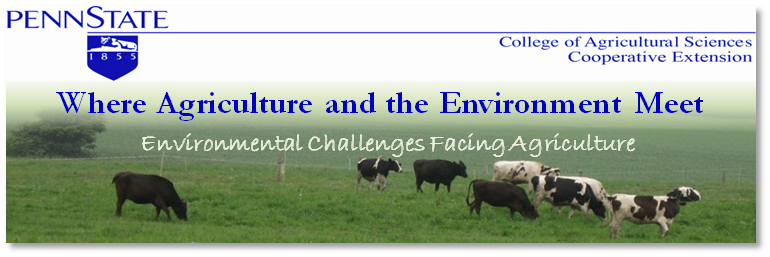In a 2006 report the U.N. Food and Agriculture Organization (FAO) released a report stating that livestock accounted for 18% of all green house gas (GHG) production world wide. This initial report implied that livestock contributed more to GHGs than transportation. Since that report Frank Mitleohner, with the University of California-Davis, clearly pointed out a flaw in how this value was calculated. The livestock GHG production values looked at the entire picture from the fossil fuel used to power the machines to plant the crops that were used to feed the animals, to the GHG produced by the animal, and to the processing of those animals. However, on the transportation side only the GHGs produced through the actual use of the vehicles were included in the calculation. Mitleohner received numerous threats for questioning this report, but he has since been vindicated. The new FAO report and those calculates that dairies contribution to GHG is only 4%. In addition, American dairy farms emit 45% fewer GHG per unit of milk compared with the global average. This is positive news for the dairy industry and hopefully this information gets quoted as much as the previous data was.
In the future the U.S. dairy industry as pledged to reduce GHG by another 25% by 2020. Dairy and the livestock industry tend to get blamed for a lot of things, but they have consistently addressed shortcomings in the industry, improved production efficiency, and reduced environmental impact over the years. How many other industries can claim this type of progress?


No comments:
Post a Comment